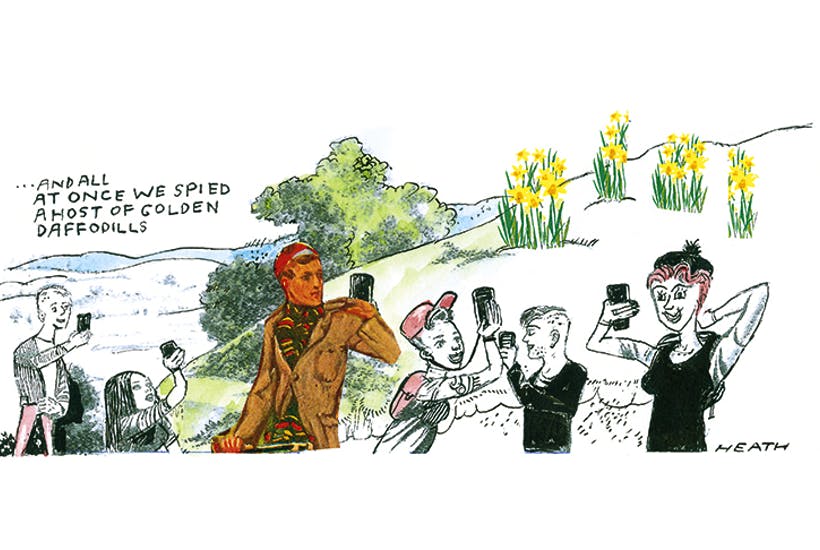Poetry is on a hot streak. Last year, sales in the UK topped £12 million for the first time — a rise of more than 10 per cent for the second year running. According to Parisa Ebrahimi, the poetry editor at Chatto & Windus, one reason for the trend is that poetry is no longer the domain of the white male. This may be true, but how has it happened? Part of the answer is Instagram.
Designed as a social network for sharing photos, recently the app has been adopted and adapted by writers — few of them white, many of them women — who, rather than selfies and sunsets, post snippets of verse known as ‘Instapoetry’. And a handful of these Instapoets have become hugely successful. The Indian-born Canadian Rupi Kaur boasts nearly four million followers on Instagram. Her nearest rival, the Colombian-American R.M. Drake, has two million; the next, R.H. Sin, has 1.6 million. And so on.
For a sign that this translates into book sales, drop into the largest bookshop in Europe. The hefty poetry section in Waterstones Piccadilly is divided into seven alphabetised bays. In each, one of the ‘face-outs’ — i.e. books presented cover-forward to snag the eye of the browser — is by an Instapoet. This impression from the stacks is backed up by the stats. Here, last year, 1/12th of poetry sales came courtesy of Kaur. In the States, the year before, 12 of the 20 bestselling poets were Instapoets.
And now I should make a confession. When I came to Instapoetry, it was in a spirit of mockery. A couple of friends and I began to follow the big beasts of the form, and deliberately look out for their worst work, at which point we would screenshot and share it by text, along with giggles and snarky comments.







Comments
Join the debate for just £1 a month
Be part of the conversation with other Spectator readers by getting your first three months for £3.
UNLOCK ACCESS Just £1 a monthAlready a subscriber? Log in